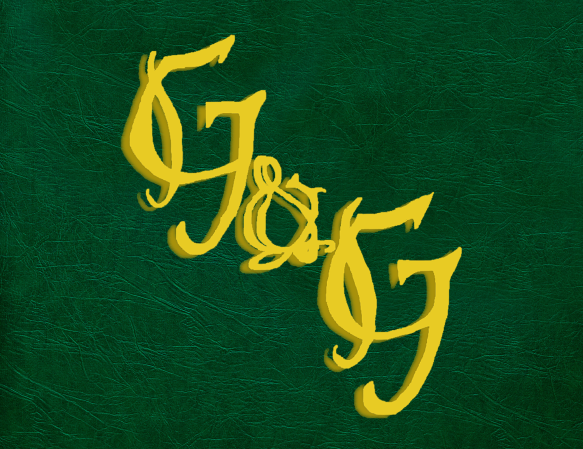The Necromancers of Parria (Archaea)
The Necromancers of Parria are not wielders of black magic. They are funeral priests who serve the dead as much as they benefit from service. They wear white as a symbol of their purity, and remove most of their hair as well, taking daily ritual baths (or more often when they must treat the living or handle the dead, both before and after). No one knows the body as well as the Parrian Necromancer, and thus they are amongst the most capable surgeons, doctors, and healers in the world.
Their power does, as one might expect, revolve around death and the dead, but its focus is protection of the dead (and the living), speaking to the dead, calling the dead back. They do not use the dead as slaves, but rather summon the spirits of volunteers to aid them. They do not use dead bodies, but rather the spirits make new temporary bodies when they need them. Some spirits consent to be bound into bodies made for them from clay or metal.
The bodies of sapient beings in Parrian culture are not left to rot in the ground. A proper funeral rite involves separating body and spirit so the spirit can be free, either by sky burial (exposure to sun, sky, and birds to remove flesh from bones) or cremation, both often followed by crushing the bones to dust. Undead, according to them, are an abomination that arises from trapping the spirit in the flesh after death. These practices prevent that, and prevent the propagation of disease caused by rotting corpses.
Often, when spirits return at the behest of a necromancer priest, they take the form of bare bones, so as not to traumatize any loved ones that might see them.
When undead do rise, whether created by black magic, botched funeral rites, or the possession of an untended corpse by demonic forces (only possible if the body is left to rot) it is the Necromancer’s duty to destroy them. Thus, they are powerful foes of undeath and demons, their purity granting them astonishing abilities against the Unpure.
The religion of Parria revolves around the 3 Rightnesses: Right Thought, Right Word, Right Deed. It is perhaps the oldest still extant religion that reveres the Seven Virtuous Archangels and their name for the good god, Auramaz, who upholds Asha, the Rightness of All. They see demons and evil as the creation of the opposing spirits, the Seven Sinful Archdevils and Ahriman, who promulgate Druj. The Lie. In some versions, both the good god and the evil god are brothers, children of Zurvan, who was neutral and dispassionate, while in others they are simply equals, both uncreated, both timeless. While Ahriman and his devils have cults, and Auramaz and his angels have the dominant religion, Zurvan does not seem to have a cult, but is simply accepted to *be*.
Different religions of Archaea and beyond call these beings by different names, but for the most part, these are the accepted divine beings of the world, with their worship having begun with the Ancients.
